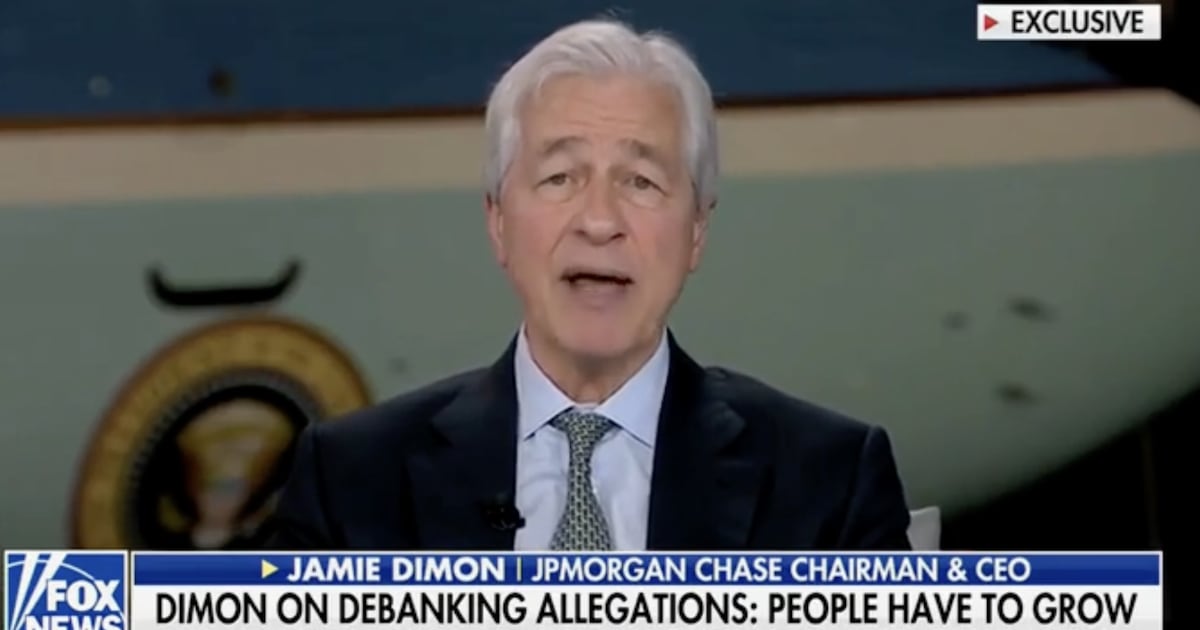 The Guardian’s data, . . objectively shows a massive “transfer of wealth” from consumers, who pay higher prices, to shareholders and investment firms that reap the benefits.
The Guardian’s data, . . objectively shows a massive “transfer of wealth” from consumers, who pay higher prices, to shareholders and investment firms that reap the benefits.Revealed: top US corporations raising prices on Americans even as profits surge
"As inflation shot to a new peak in March, cost increases exacted a deep toll on the economy, eating into most Americans’ wages and further imperiling the financially vulnerable. But for many of the US’s largest companies and their shareholders it has been a very different story.
 One widely accepted narrative holds that companies and consumers are sharing in inflationary pain, but a Guardian analysis of top corporations’ financials and earnings calls reveals most are enjoying profit increases even as they pass on costs to customers, many of whom are struggling to afford gas, food, clothing, housing and other basics.
One widely accepted narrative holds that companies and consumers are sharing in inflationary pain, but a Guardian analysis of top corporations’ financials and earnings calls reveals most are enjoying profit increases even as they pass on costs to customers, many of whom are struggling to afford gas, food, clothing, housing and other basics.
Profits or profiteering?
The Guardian’s findings are in line with recent US commerce department data that shows corporate profit margins rose 35% during the last year and are at their highest level since 1950. Inflation, meanwhile, rose to 8.5% year over year in March. . .
CASE IN POINT: Caterpillar
Financial observers have varying takes on whether companies are “profiteering” or “price gouging”, or simply profiting. George Pearkes, an analyst at Bespoke Investment, pointed to Caterpillar, which recorded a 958% profit increase driven by volume growth and price realization between 2019 and 2021’s fourth quarters. Eliminating price increases may have dropped the company’s 2021 quarter four operating profits slightly below the $1.3bn it made in 2020.
“This isn’t price gouging … and it shows pretty concretely that there’s a lot of nuance here,” Pearkes said, adding profiteering is “not the primary driver of inflation, nor the primary driver of corporate profits”. However, he added that it’s reasonable to question whether Caterpillar should have passed on its cost increases.
The company also spent $5bn on buybacks last year, and $1.3bn for a quarter of profits is still high, Brown noted, especially in the context of American workers’ shrinking wages.
“Companies have access to massive capital,” she said. “They could have one or two years that are more painful – not even more painful, just less profitable for their investors, and they’re choosing not to.” . .
‘It’s a fix’
One industry that neatly illustrates how corporations have used the current imbalance of supply and demand to increase their profits is housing.
In recent months, the white-hot market for newly built houses shut out many Americans as average sale prices shot above $500,000. The popular explanation: inflation, supply chain squeezes and building material costs.
But another less publicized factor contributed. Two of the nation’s largest builders, PulteGroup and Lennar, intentionally kept home starts low and took other steps seemingly designed to maintain high prices by restricting supply.
“We could sell another 1,000 homes in the quarter if we wanted to without too much effort. It just doesn’t make sense to do that,” Lennar co-CEO Jon Jaffe told investors in an earnings call. Lennar’s profits are up 78%, while PulteGroup’s jumped 97%. Lennar didn’t respond to a request for comment. . .
Observers note a common thread along the supply chain: consolidation. By some estimates, Home Depot and Lowe’s control about one-third of the home improvement market, and hold even more of consumer lumber. Lennar and PulteGroup control about 11% of the home building market, though that figure is probably much higher in many metro regions, and Boise Cascade controls about one-third of the plywood market, according to a Forest Economic Advisors analysis.
“Those who have market power can raise prices above what’s considered fair market value,” Brown said. “We’re at a point in our market concentrations that we haven’t seen ever before.”
The influence of consolidation is pervasive. . .
> Concentration is particularly pronounced among commodity companies, a problem highlighted in the grain market. CPI data shows bread and cereal prices increased by 30% and 7% between 2019 and 2021’s fourth quarters, while wheat skyrocketed to an all-time high in March as war largely eliminated Ukrainian and Russian crops.
Meanwhile, four large grain producers control about 90% of the market. Among them are Archer Daniels Midland, whose profits jumped 55%, and Bunge, whose profits swung by about $280m. Three companies control 73% of the cereal market.
That level of concentration breeds higher prices, said Alex Turnbull, a commodities analyst. . .
> Just as PulteGroup kept housing starts down, oil companies have kept production low while gas topped $7 a gallon in some regions. In earnings calls across the industry, oil executives like Diamondback Energy CEO Travis Stice have promised to keep production flat in the years ahead, “putting returns and, therefore, shareholders first”. . .
>
Some companies are enacting price increases in a less direct manner: by eliminating lower-cost products. The CEO of Kohl’s said in a previous interview the store was shifting its merchandise toward higher-end brands like PVH-owned Tommy Hilfiger, where profits are up 183%, because they’re more profitable for Kohl’s.
Similarly, General Motors profits jumped 49% between the full years in 2019 and 2021 despite selling about a million fewer vehicles. The company said it focused on moving more expensive trucks and SUVs than in previous years, but it also raised prices – a Silverado can now cost over $5,000 more than it did in 2019. That includes two rounds of March price increases just weeks after GM announced record profits and margins. . .
‘Sick and tired of being ripped off’
Not everyone is raising prices. Arizona Iced Tea owner Dan Vultaggio became a populist hero in April when he declared he’d rather take a hit than push prices above 99 cents: “I don’t want to do what the bread guys and the gas guys and everybody else is doing,” Vultaggio told the Los Angeles Times. . .
In March, Senator Bernie Sanders began a push to bring back a windfall profit tax last used after the second world war, while Senator Elizabeth Warren introduced similar legislation that focused on oil companies’ profits.
“The American people are sick and tired of the unprecedented corporate greed that exists all over this country. They are sick and tired of being ripped off by corporations making record-breaking profits while working families are forced to pay outrageously high prices for gas, rent, food, and prescription drugs,” said Sanders.
Sanders may well be right, but if “sick and tired” Americans vote against the Biden administration in November, his chances of pushing for change will fall."
READ MORE DETAILS >> https://www.theguardian.com/business/2022/apr/27/inflation-corporate-america-increased-prices-profits



No comments:
Post a Comment